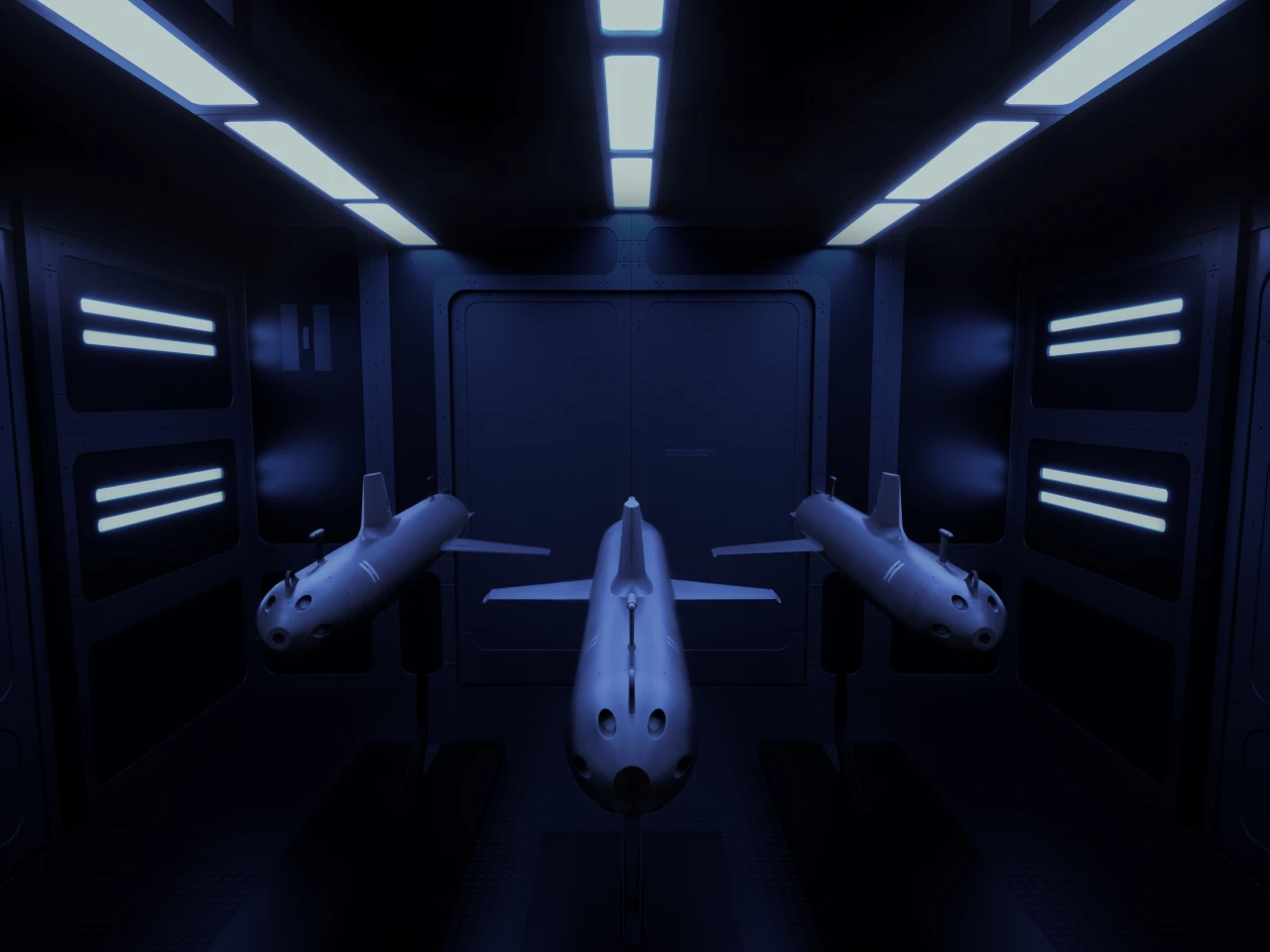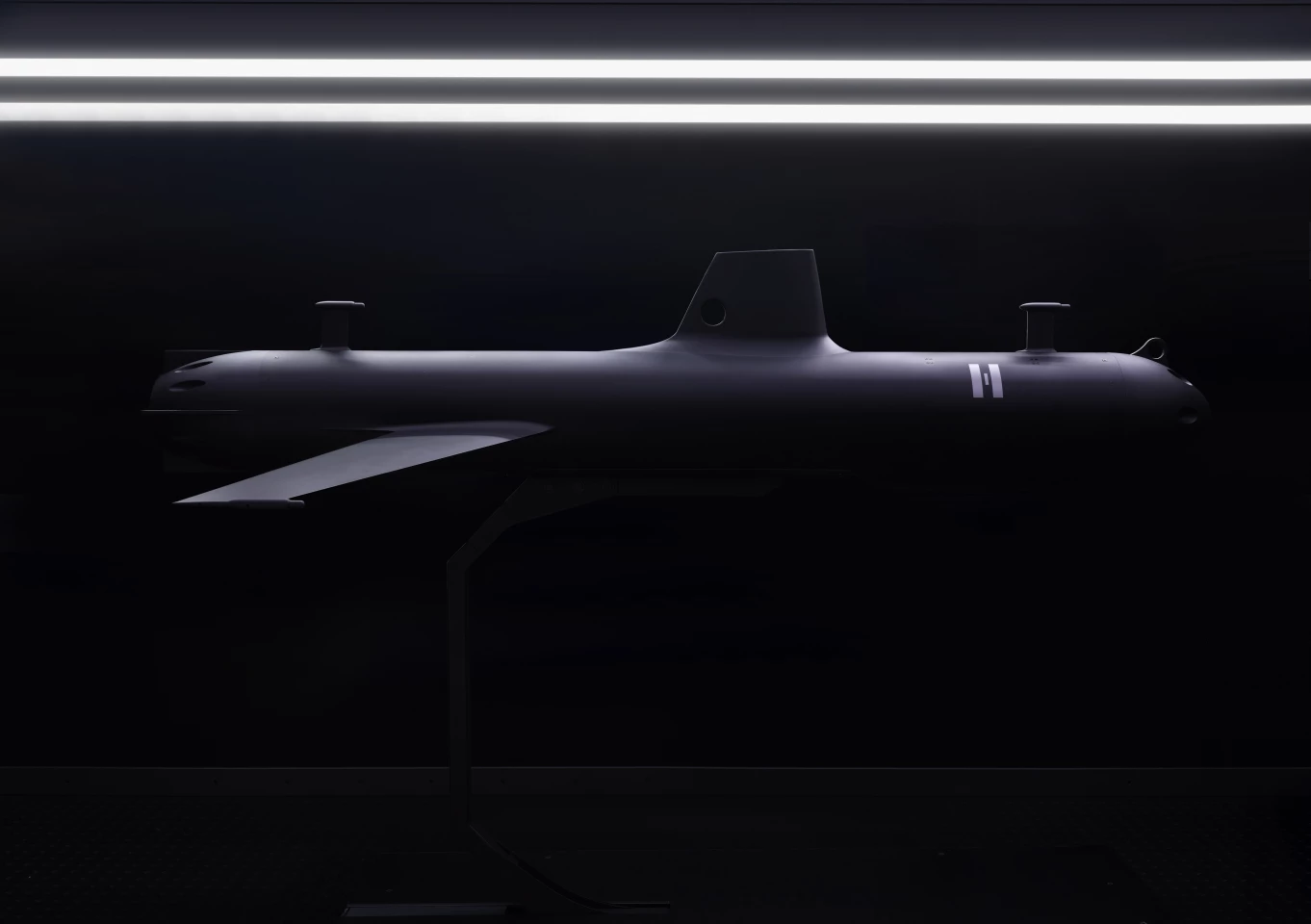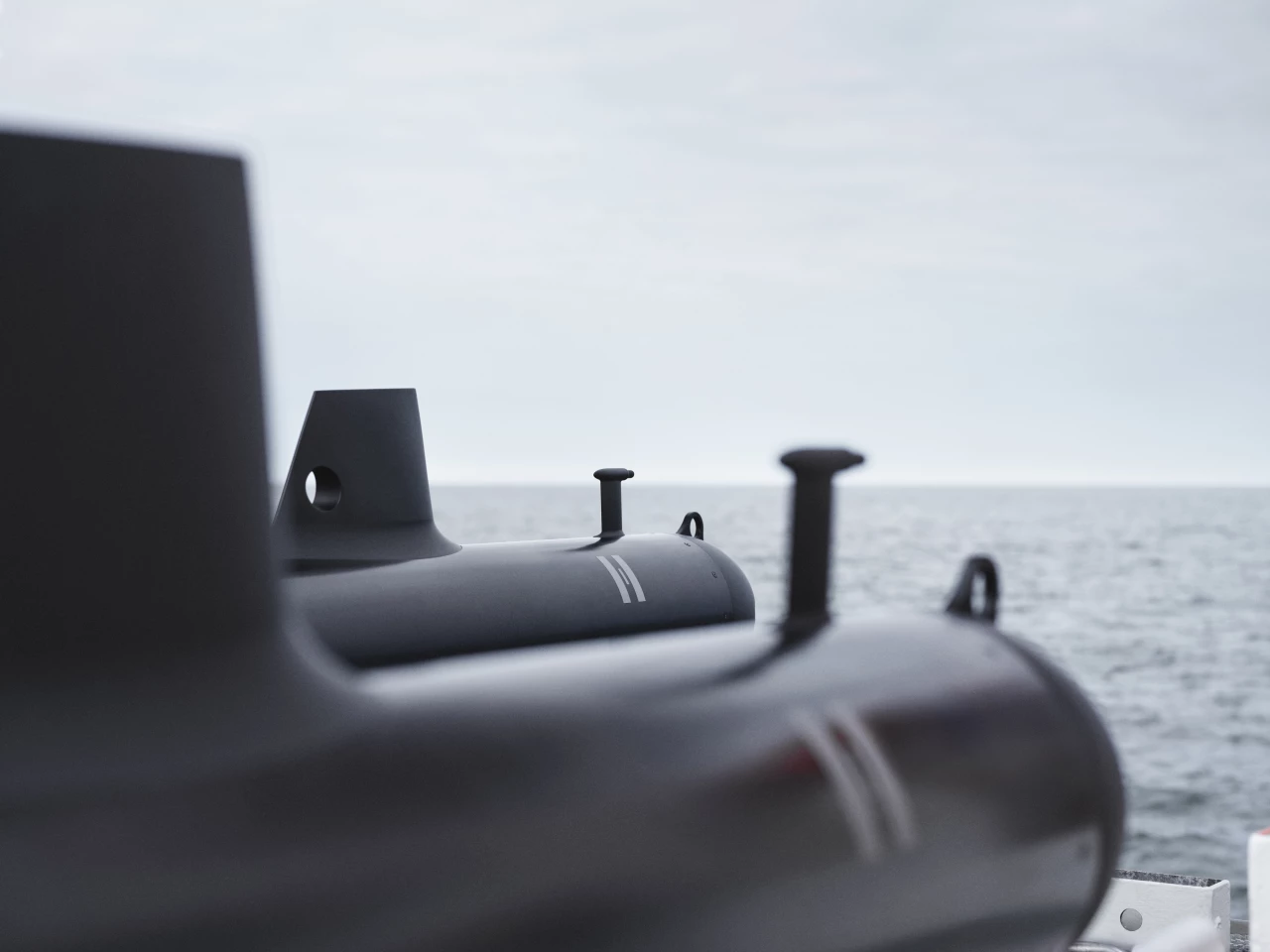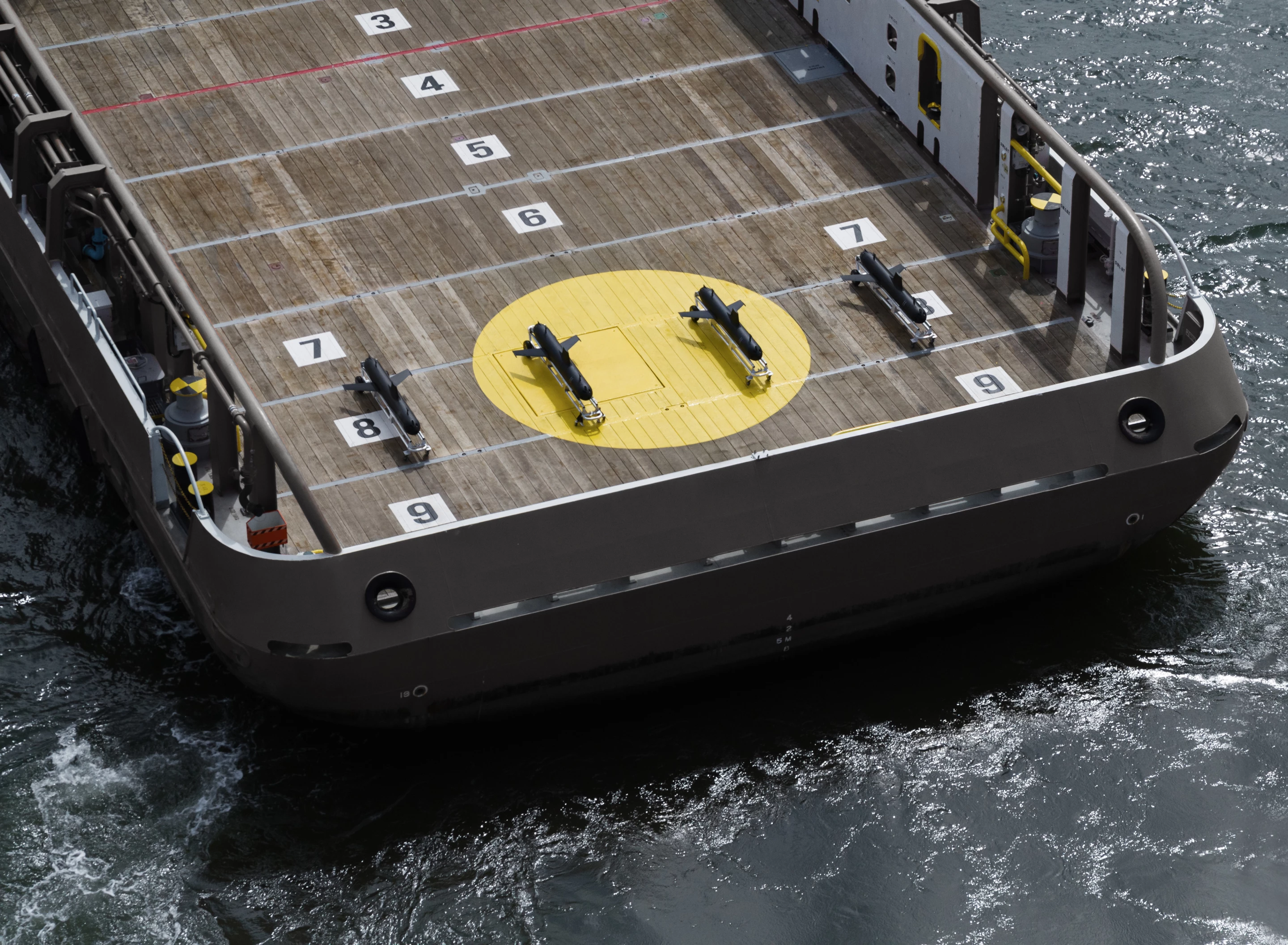The seas of tomorrow may see underwater security fundamentally transformed as AI collides with autonomous undersea gliders to produce intelligent fleets of mobile sensors that could redefine naval intelligence as they seek out ocean threats.
Just as orbiting surveillance satellites have revolutionized everything from surface warfare to intelligence to diplomacy, new intelligent underwater platforms could soon do the same to the world's oceans.
A hundred years ago, the fog of war was so dense that it would be almost incomprehensible to a modern military commander or intelligence officer. What was over the hill was unknown and what went on behind a nation's borders was incomprehensible. Whole armies could be hidden, fleets of warships could vanish on the high seas, and even whole cities could be built in the hinterland and kept secret. Small wonder that intelligence services had to work overtime gathering every scrap of information or even gossip to learn even the basics about another country's simple economic statistics – much less its secrets.
That all changed in the 1960s with the development of surveillance satellites. First developed by the US and the USSR, these eyes in the sky, both government and private, have become increasingly sophisticated and numerous. As a result, the surface of the land and sea is an open book that anyone with an internet connection can read to the point where the embarrassing launch failure of a North Korean frigate is instantly world news instead of a vague rumor.

Companies like Munich-based Helsing hope to do something similar to the underwater world. Perhaps not nearly to the same extent, but as a way to better protect vital assets like undersea communications and power cables, pipelines, and oil sites, as well as monitoring potential threats and tracking the ever-increasing maritime traffic of the world's sea lanes.
What Helsing has unveiled is a new underwater surveillance system based on its products, the Lura software platform and the SG-1 Fathom sea glider.
Lura is an AI system that does for acoustics what Large Language Models do for words. Using decades of acoustic data for training that is consistently updated, Lura's Large Acoustic Model (LAM) is capable of detecting not only threat patterns and interpreting a vast array of underwater noises in real-time, it is claimed that it can even identify individual craft by their unique acoustic signatures – in much the same way that a skilled sonar operator can tell one submarine from another by its prop wash.

According to the company Lura is not only highly sensitive and accurate, it can process data 40 times faster than a human operator, though many details of its architecture remain proprietary information.
The other half of the team is the SG-1 Fathom, which is an autonomous underwater glider that is capable of operating independently of human control as it executes pre-planned missions to serve as a mobile sensor platform feeding data to Lura.
As a sea glider, Fathom propels itself by rising close to the surface using changes in water buoyancy, then uses foils to move itself forward and steer in the desired direction as it sinks silently and stealthily back into the depths. One key feature of the vehicle is that it's relatively cheap and can be mass produced by the hundreds, so whole schools of Fathoms can be deployed at any one time to monitor desired areas 24/7.

Not only is Fathom silent, being a glider makes it energy efficient, so it's suitable for long-endurance missions of up to three months. It's also compact with a length of only 76.8 in (195 cm), a diameter of 11 in (28 cm) and weighing in at a mere 132 lb (60 kg). However, it isn't particularly swift, having a top speed of only two knots (2.3 mph, 3.7 km/h).
Meanwhile, range and service depth are things that Helsing prefers to keep under its metaphorical hat.
If the technology pans out, the new Lura/Fathom system could be a considerable update on the US SOSUS system that dates back to the Cold War, as well as other undersea monitoring systems. According to Helsing, the goal is to create a digital twin of the ocean by means of a continuous, comprehensive data stream about underwater traffic and activities. This would allow for a more refined surveillance capability that is autonomous, scalable, and data-driven that can quickly detect and aid in countering escalating undersea threats, while at the same time allowing a single human operator to monitor hundreds of gliders.
"Lura detects so our navies can deter," said Gundbert Scherf, Co-founder and Co-CEO at Helsing. "We must harness new technologies to keep pace with the threats against our critical infrastructure, national waters, and way of life. Deploying AI to the edge of underwater constellations will illuminate the oceans and deter our adversaries, for a strong Europe."
Source: Helsing








